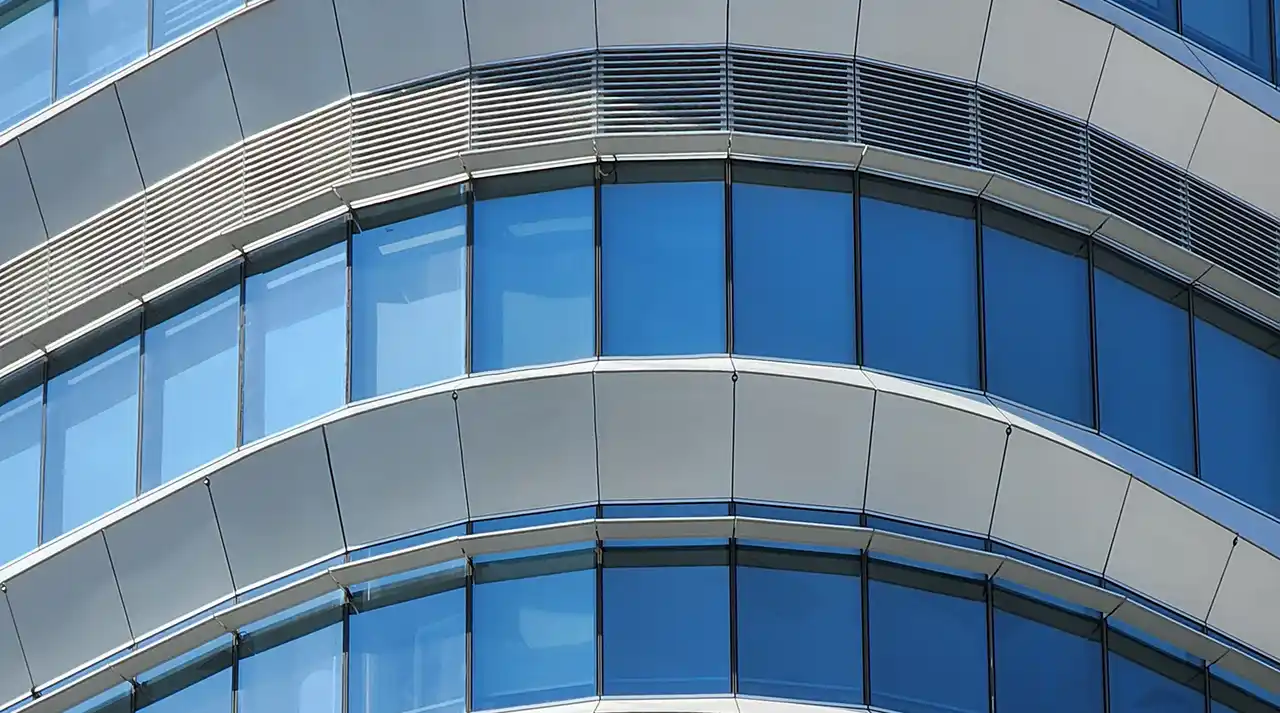The US Federal Reserve has lifted its cash rate above Australia’s for the first time in 18 years and economists are predicting it to push further ahead for the next few years at least.
More hikes are expected to the US Fed’s target funds rate later this year and again in 2019 while the Australian rate stays relatively steady.
Jameison Coote Bonds chief investment officer Charlie Jameison told Australian Financial Review the development was significant.
“I think it is historic because it’s very likely to stay this way for years,” he said.
“We’ve had moments where we have been briefly out of sync, but the large weight of evidence says it’s more sustainable this time around.”
Paul Dales from Capital Economics explained the implications when he spoke to AFR.
“Conceptually, it means you can now get a greater return lending to the American government than the Australian government, which tends not to happen,” he said.
“Usually, people want more bang for their buck for lending to Australia, but the tables have been turned.”
“Before the 2000s Australia was very aligned to the American economic and rates cycle, but that relationship has shifted towards China.”
Economists say the US Fed is set life their rates twice more this year to 2.25 per cent and then again a further three times in 2019.
Mr Jameison said it was unlikely the RBA would be hiking its cash rate anywhere near enough to again rise higher than the US given the amount of household debt in the country.
“To get back in front you would need six or seven rate hikes in Australia – and that’s on the second-largest household debt burden in the world,” he told AFR.
The 25 basis point jump in the US is a vote of confidence for their economy after a decade of post-GFC next-to-zero interest rates.
In contrast, the RBA here in Australia has left its official cash rate unchanged at its record low of 1.5 per cent for the last 19 months in a row.
AMP Capital’s chief economist Shane Oliver said the move in the USA was good for Australia’s economy.
“For Australia, the Fed’s latest hike really just reflects that US growth is strong and this is good for Australia,” he said in a statement.
“The RBA is a long way from following the Fed higher in terms of interest rates because there is a lot of spare capacity in the Australian labour market compared to the US.”
“We don’t expect the RBA to start raising rates until early next year.”



